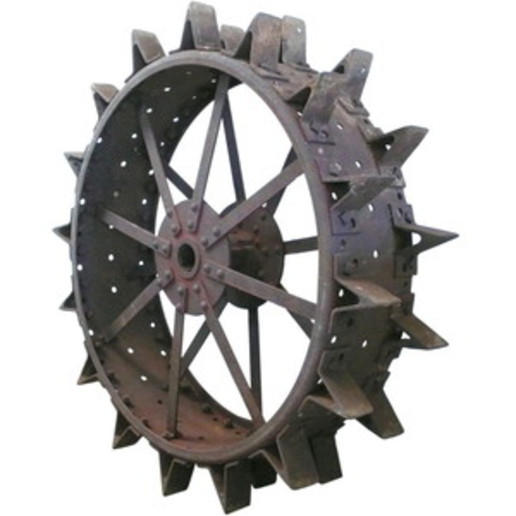Prawn Farmer
Member
Whats the opinion on getting the best traction in snow without 4wd? In this case chains aren't an option.

(quoted from post at 15:11:57 01/10/14) I agree about Firestone town and country tires--- best snow tires I ever had, and I wore out several sets of them, some with studs, some without. My dad put cheapie recap no-names on his car, and I could pass him by going in the ditch partways and pull him up the lane with my 75 Olds 98.
While we're on this topic, I was out in Colorado in the 1970s and heard OTR truck drivers arguing about the worth of "tractionized" tires in snow and ice. Can anybody tell me what that term means?
We sell tractor parts! We have the parts you need to repair your tractor - the right parts. Our low prices and years of research make us your best choice when you need parts. Shop Online Today.
Copyright © 1997-2024 Yesterday's Tractor Co.
All Rights Reserved. Reproduction of any part of this website, including design and content, without written permission is strictly prohibited. Trade Marks and Trade Names contained and used in this Website are those of others, and are used in this Website in a descriptive sense to refer to the products of others. Use of this Web site constitutes acceptance of our User Agreement and Privacy Policy TRADEMARK DISCLAIMER: Tradenames and Trademarks referred to within Yesterday's Tractor Co. products and within the Yesterday's Tractor Co. websites are the property of their respective trademark holders. None of these trademark holders are affiliated with Yesterday's Tractor Co., our products, or our website nor are we sponsored by them. John Deere and its logos are the registered trademarks of the John Deere Corporation. Agco, Agco Allis, White, Massey Ferguson and their logos are the registered trademarks of AGCO Corporation. Case, Case-IH, Farmall, International Harvester, New Holland and their logos are registered trademarks of CNH Global N.V.
Yesterday's Tractors - Antique Tractor Headquarters
Website Accessibility Policy
